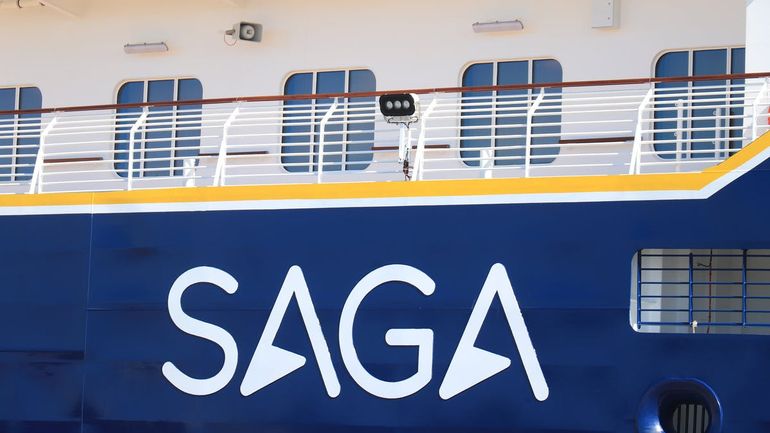
Saga reduces marketing expenditure by £4.2m in response to market challenges

Saga has made strategic cuts to its marketing budget, saving £4.2m in 2024. The company has decided to pause investments in certain segments of its insurance business to navigate a tough market environment.
saga
Saga has pledged to invest in “cost-efficient marketing”, as its insurance business faces challenges in a turbulent market.
Saga made efforts to improve efficiency by stabilizing its current business operations and enhancing its ability to attract new business more effectively. This included reducing its marketing expenses by £4.2m in response to margin pressures, pausing certain insurance marketing activities.
Due to inflation leading to higher insurance prices, Saga experienced a decrease in the number of policies sold in the financial year ending on January 31, 2024. The total number of policies in force by that date was 1.5 million, a 9% decline from the previous year. To tackle this issue, Saga is focusing on making its policies more competitively priced.
Overall, revenue increased by 12% to £741m in the year, with the cruise business having an exceptional year in particular. Pre-tax profit also more than doubled to £38.2m.
Saga's strong brand and its ability to connect with older consumers were highlighted as key strengths of the business. However, there was a noted decline in the company's own brand tracking. The transactional net promoter score (tNPS) for Saga decreased by two points to 59, with improvements in cruising and money being overshadowed by declines in insurance. The company attributed the decrease in the insurance tNPS score to market-wide pricing increases, as well as increased call volumes putting pressure on the contact centre.
YouGov’s BrandIndex platform monitors how brands are perceived within their respective industries. This means that Saga is evaluated differently as a hotel and cruise business compared to its image as an insurance provider.
According to BrandIndex, Saga’s hotel and cruises index score, which reflects the overall health of the brand, has remained steady at 4.9 compared to last year. However, the company’s score as a general insurance brand has dropped from 4.7 last year to 3.7 this year, as reported by BrandIndex.
Strengthening Customer Connections
Saga has been working on strengthening its connection with its target older consumer by engaging with them more regularly. The company emphasized to investors today (17 April) that its customer database remains a key asset for the business.
Saga has been holding information of 9.6 million people in the UK who are over the age of 50. Over the past year, they have been reaching out to more of this group to ask for permission to contact them about various products.
CEO Mike Hazell mentioned that Saga is continuously working on improving their 9.6 million customer database and finding ways to strengthen their connection with these customers.
As of January 31, 2024, Saga was able to reach out to 7.2 million people, compared to 6.8 million the year before.
The company shared that its future growth will focus on reaching more older consumers and understanding the over 50s demographic.
Editor's P/S:
The article highlights the challenges faced by Saga's insurance business amidst market turbulence and inflation. Despite the decline in insurance policies sold, the company's strong brand and focus on improving efficiency have helped it achieve revenue growth. However, the drop in Saga's insurance tNPS score and BrandIndex score as a general insurance brand indicate the need for further improvements in pricing and customer service.
Saga's efforts to strengthen customer connections by leveraging its extensive database are commendable. By reaching out to more older consumers and understanding their needs, the company can potentially expand its reach and drive future growth. However, it is crucial for Saga to balance cost-efficient marketing with effective customer engagement strategies to retain and attract customers in a competitive market.







